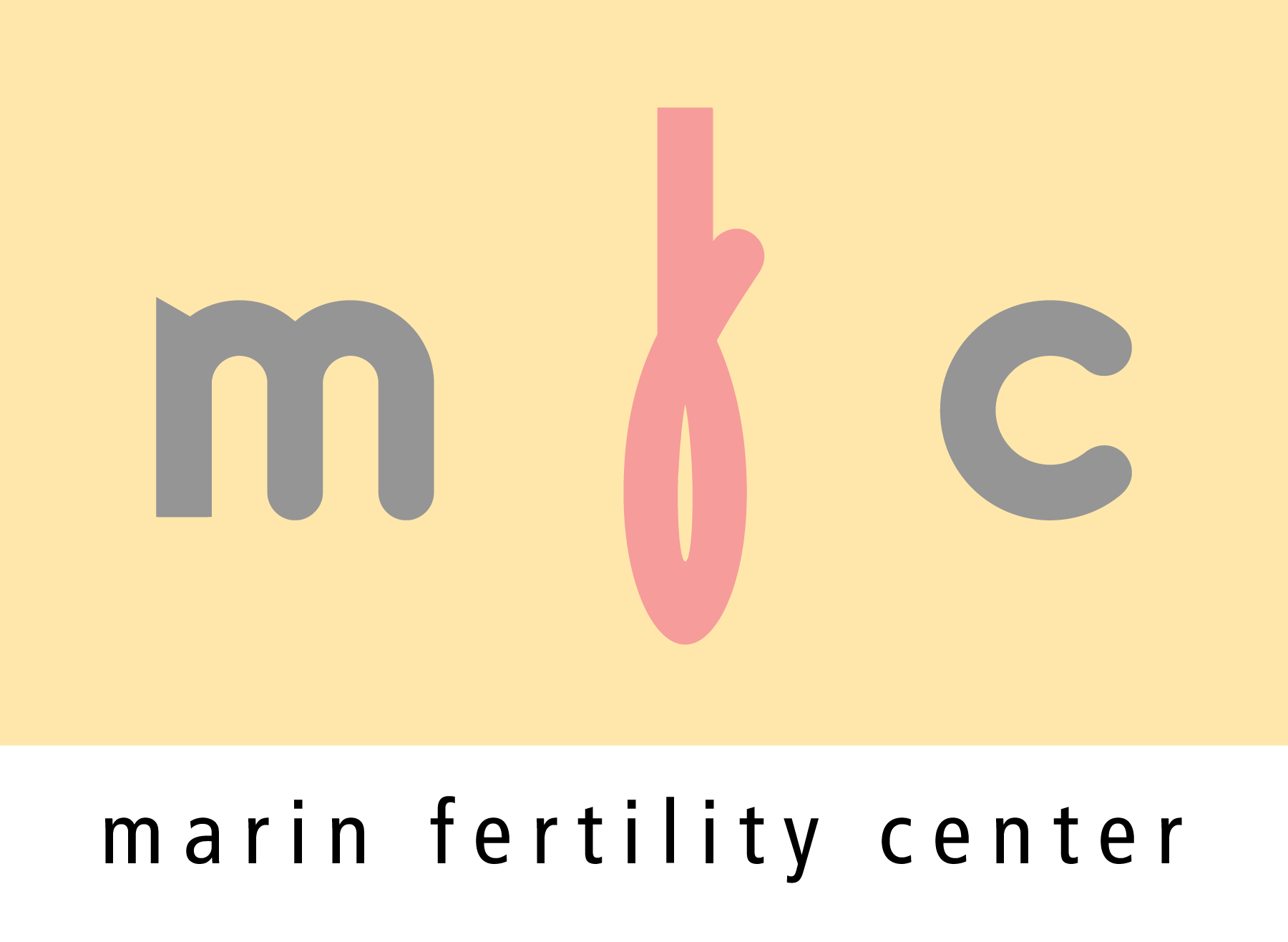Tubal Reanastomosis (Reanastomosed Tubes): Everything You Need to Know
Reanastomosis, or tubal reanastomosis, is a precise fertility surgery that reconnects the fallopian tubes to restore natural fertility. This procedure is performed by a qualified fertility doctor or reproductive endocrinologist to maximize your chances of conceiving naturally.
What Is Tubal Reanastomosis?
Reanastomosis (also called tubal reversal) is a micro-surgical operation in which the ends of previously severed fallopian tubes are rejoined and “reanastomosed.” By restoring tubal patency, sperm and an egg can once again meet within the fallopian tube, allowing for natural conception without in vitro fertilization (IVF).
How the Reanastomosis Procedure Works (Fertility Surgery)
Preparation and Evaluation by a Reproductive Endocrinologist
Before surgery, you will meet with a reproductive endocrinologist who performs diagnostic tests (e.g., hysterosalpingography) to assess tubal status. Prior operative reports are reviewed.. A fertility doctor evaluates tube health, ovarian reserve, and overall reproductive hormones to confirm candidacy for surgery.
Laparoscopic Surgical Technique
The operation is performed under general anesthesia.. A small incisions (usually less than ~4 cm) is made in the abdomen. Through this, a fertility surgeon carefully removes scar tissue and precisely aligns and sutures the remaining healthy portions of each fallopian tube. The newly joined tube sections are “reanastomosed” under high magnification to maximize patency.
Postoperative Care and Initial Recovery
Immediately after surgery, mild cramping or discomfort may occur. Your fertility doctor will prescribe antibiotics and anti-inflammatories to reduce infection risk and swelling. No overnight hospitalization is usually required.. Full physical recovery takes 2–4 weeks, during which you should:
- Avoid heavy lifting and strenuous activities.
- Refrain from soaking in a hot tub or sauna until cleared by your physician.
- Maintain a light diet and stay well hydrated.
- Take prescribed pain relievers and anti-inflammatories as directed.
Who Is a Good Candidate for Tubal Reanastomosis?
Reanastomosis may be recommended if:
- You have confirmed tubal blockage but preserved tubal length and structure (scar tissue or ligation, but no severe adhesions).
- You previously underwent tubal ligation and now desire natural conception.
- Male factor infertility is not a barrier—sperm quality is adequate.
- IVF is not an option due to cost, personal preference, or medical contraindications.
Consult your fertility doctor or reproductive endocrinologist to evaluate imaging, hormone levels, and overall health to determine if tubal reanastomosis is right for you.
Benefits and Drawbacks of Tubal Reanastomosis
Benefits
- Natural Conception: Tubal reanastomosis allows you to attempt natural pregnancy without repeated IVF cycles.
- Cost-Effective: For many patients, one surgical procedure can be less expensive than multiple IVF cycles and associated medications.
- Emotional Well-Being: Avoiding prolonged hormonal stimulation of IVF can reduce stress and emotional burden.
- High Pregnancy Rates: In women under 35 with good ovarian reserve, pregnancy rates can exceed 50 % within one year.
Drawbacks and Risks
- Surgical Risks: Any surgery carries potential complications such as infection, bleeding, or injury to surrounding organs.
- Age-Related Decline: Women over 37 with diminished ovarian reserve may experience lower success rates and prefer IVF.
- Genetic Testing not Possible: Genetic testing of embryos for chromosomal errors, known as preimplantation genetic testing for aneuploidy (PGT-A), is not possible with tubal reversal.
- Adhesion Formation: Scar tissue can reform, leading to recurrent tubal blockage in some cases.
